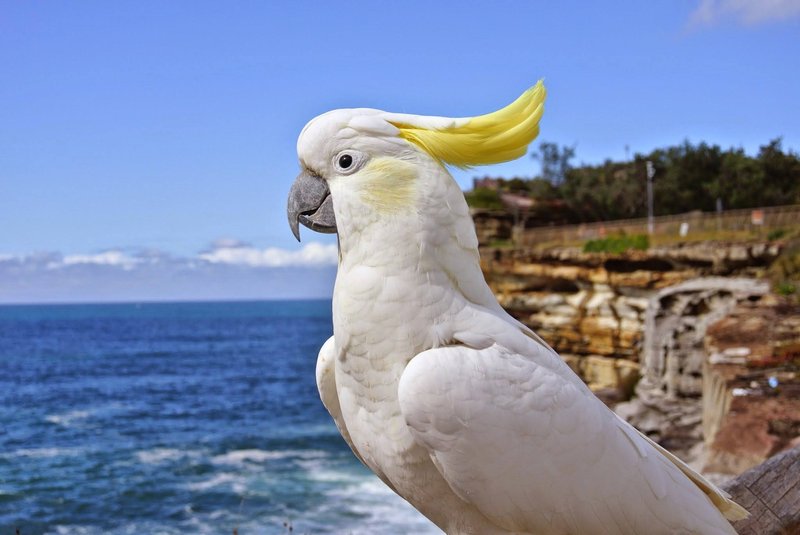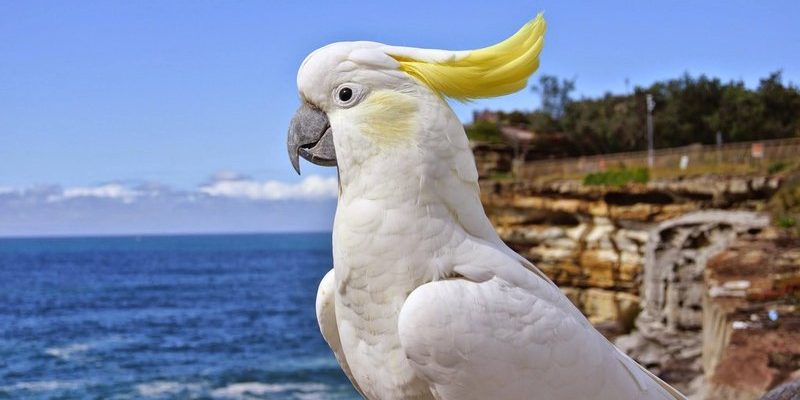
Cockatoos are part of the parrot family, known for their intelligence and social behavior. They’re native to Australia and nearby islands, thriving in a range of habitats, from rainforests to woodlands. This versatility is key to their nesting success. Understanding their nesting habits is more than just a fun fact; it gives us insight into their survival and how we can help protect them in the wild. So, grab a cup of coffee as we explore these amazing creatures and their nesting rituals!
What Makes Cockatoos Unique?
Cockatoos are a diverse group of birds with over 20 species, each with its own distinct traits. They all share some common characteristics, like their strong, curved beaks and sociable nature, which makes them popular pets. But in the wild, their unique behaviors are tailored to their environments. For instance, many species can be found in flocks, which helps them stay safe from predators while foraging for food.
Their stunning physical features aren’t just for show. The colorful plumage, especially the crest, plays a crucial role in communication. It can indicate mood and make them more attractive to potential mates. So, when you see a cockatoo puffing up its feathers, it’s not just an impressive display—it’s also a way of saying, “Hey, look at me! I’m healthy and ready to breed!”
Cockatoo Nesting Locations
You might be wondering, “Where do cockatoos actually nest?” Well, these birds are quite resourceful. Most cockatoo species prefer to nest in tree hollows. This choice offers natural protection from predators and harsh weather. The hollows are usually formed from decaying trees, and finding one that’s suitable can be a matter of chance.
Some species, like the Sulphur-crested Cockatoo, may also use man-made structures for nesting if natural options are scarce. This adaptability shows just how clever these birds are. Think of it as a cozy apartment search; they look for a space that offers safety, comfort, and a good location for food.
When selecting a nesting site, cockatoos are picky. They often check multiple hollows before committing to one. It’s like testing several beds until they find the perfect one to settle into. This careful selection is crucial for their success in raising chicks.
The Nesting Process
Once a pair of cockatoos finds the perfect nesting hollow, the real work begins. They’ll spend time preparing the space. This involves cleaning out any debris and sometimes even adding soft materials like feathers to make it more comfortable for the upcoming chicks.
Nesting usually happens in the spring months, which aligns with warmer temperatures and abundant food. At this stage, the female lays typically two to four eggs, depending on the species. She’ll incubate them for around 30 days, during which time the male plays a supportive role by bringing her food and guarding the nest. It’s a real team effort!
Interestingly, cockatoo parents are very attentive. If you think about it, parenting takes a village, and that’s exactly what they do. Both parents take turns looking after the eggs and later the chicks, ensuring they stay safe and well-fed.
Cockatoo Chicks: The Early Days
After about a month, the chicks start to hatch, and this is where the real excitement begins. Freshly hatched cockatoo chicks are totally helpless; they’re blind, featherless, and rely entirely on their parents for everything. This is a crucial time for nurturing and care, as any disturbances can spell trouble for the little ones.
As the chicks grow, their feathers start to develop, and they become more mobile. Parents feed them soft food—think of it as birdie baby food! They gradually introduce them to more solid food as the chicks mature. This period is vital for building strength and learning survival skills.
By around 10 weeks old, the chicks are ready to leave the nest. It’s an incredible moment—like sending your kid off to school for the first time. They may hang around the parents for a while longer, learning to forage and socialize with other cockatoos.
The Lifespan and Maturity of Cockatoos
Cockatoos are known for their long lifespans, often living 30 to 70 years in the wild, depending on the species. This longevity is impressive, but it also means they have a slower reproductive rate. They reach sexual maturity between 2 to 4 years, which is relatively late compared to many other birds.
Here’s the thing: this slow maturation means that population recovery can take time if their numbers decline. Environmental factors, habitat loss, and the pet trade significantly impact their survival. Protecting adult cockatoos and their nests is crucial for ensuring future generations.
As they grow older, cockatoos develop their personalities. You might find that some become more vocal and bold, while others prefer to keep to themselves. Their social structures can lead to fascinating dynamics in flocks, especially during the breeding season.
Conservation of Cockatoos
With such unique nesting habits and lifecycles, it’s essential to think about the impact of conservation efforts on these amazing birds. Many species are threatened due to habitat destruction and other human activities. Organizations around the world are working hard to protect cockatoo habitats and raise awareness about their needs.
Supporting local conservation projects is a great way to help. Even small actions, like educating others about responsible pet ownership or volunteering with wildlife organizations, can make a big difference. When we understand more about their nesting habits and lifecycle, we can better appreciate their role in the ecosystem.
Plus, by protecting cockatoos, we’re helping to maintain the balance of nature, which ultimately benefits everyone—humans and wildlife alike.
Final Thoughts on Cockatoos
Cockatoos are truly remarkable birds, with complex nesting habits and lifecycles that reflect their adaptability and intelligence. From their careful selection of nesting sites to the nurturing of their young, they remind us of the beauty and intricacy of nature.
As we learn more about these incredible creatures, let’s commit to protecting them and their habitats. Whether you’re a birdwatcher, a pet owner, or just someone who appreciates wildlife, understanding cockatoos can enrich our lives. So next time you hear that familiar squawk, you’ll know there’s a lot more going on behind the scenes!

